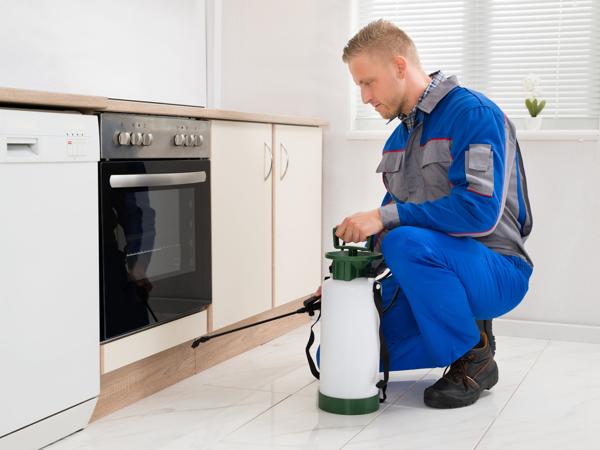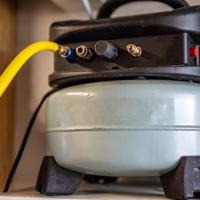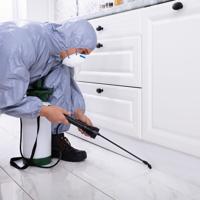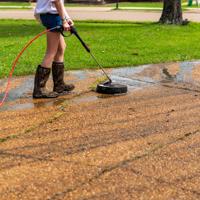Welcome to our Home Maintenance section at DIY Home Tips. Here, we explore various aspects of maintaining your home, including the persistent challenge of pest control. Consider this article a friendly companion in navigating the often complex task of managing pests in your living space.
Understanding Common Household Pests
Before diving into methods of control, it's essential to understand the types of pests you might encounter. Common household pests include:
- Ants: Often scout indoor areas for food, particularly during warmer months.
- Cockroaches: Thrive in warm, moist environments and can quickly multiply.
- Rodents: Mice and rats seek shelter and food inside homes, especially as temperatures drop.
- Termites: These wood-destroying insects can cause significant structural damage.
- Bed Bugs: Tiny insects that feed on human blood, often found in bedding and furniture.
Prevention: The First Line of Defense
Preventing an infestation is always preferable. Here are some foundational steps you can take:
Seal Entry Points: Check for gaps around windows, doors, and where utilities enter your home. Use caulk or weather stripping to seal these areas.
Maintain Cleanliness: Regular cleaning reduces the chances of pests finding food and a place to hide. Ensure kitchen counters are free of crumbs and food items are stored in airtight containers. Learn more about home cleaning tips
Remove Standing Water: This can be a haven for pests like mosquitoes. Fix leaks promptly and ensure gutters are free-flowing.
Keep a Tidy Yard: Trim shrubbery, rake leaves, and store firewood away from your house. This is part of good Home Maintenance.
Identifying an Infestation
Prompt identification is crucial for effective pest control. Here are some signs to watch for:
- Ant Trails: Ants often form visible paths while searching for food.
- Droppings: Rodents and cockroaches leave droppings, indicative of their activity.
- Wood Damage: Tiny holes or discarded wings might suggest termites.
- Unusual Odors: A persistent, musty odor could indicate bed bugs or rodents.
DIY Control Methods
Once an infestation is identified, some DIY Projects methods can assist in managing the problem:
Ant Bait Stations: These lures ants and allow them to carry poison back to their colony.
Mouse Traps: Snap traps or humane traps can help control rodent populations.
Diatomaceous Earth: This powder can be used for crawling insects. It’s non-toxic and works by dehydrating pests.
Neem Oil: Effective against a variety of insects, it can act as a pest deterrent without harmful chemicals.
Knowing When to Call a Professional
Despite best efforts, some infestations can be daunting and may require professional intervention. Expert pest control services have access to tools and chemicals not available to the public. They also offer expertise in assessing the extent of an infestation and can implement a plan tailored to your home.
Acknowledging the Limitations
While these tips can be helpful, they may not apply successfully in every situation, as pests and their behaviors can vary widely based on location and environmental factors.
Useful Resources
For more information on specific pests and further guidance, consider these reputable sites:
- Environmental Protection Agency (EPA) Pest Control Guide
- National Pest Management Association
- Centers for Disease Control and Prevention (CDC) Pest Control
It's important to be patient and persistent when managing pests. By combining prevention with active control measures and seeking help when needed, you can keep your home a safe and comfortable space for you and your family.




